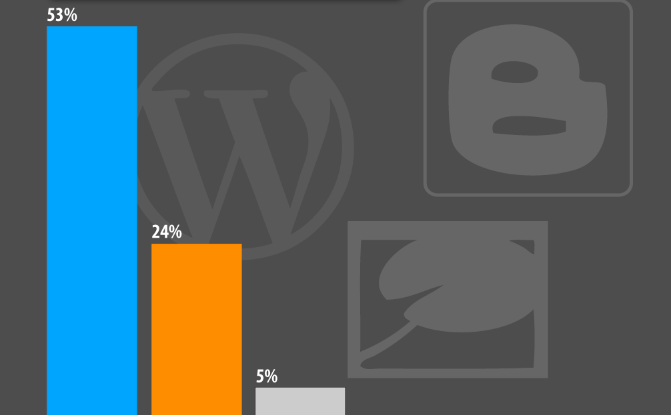We truly are living in an ‘information age’. The internet is saturated with statistics, news, surveys, graphs, images and video. Having such a wealth of data at our fingertips undoubtedly has significant benefits. When we want to pinpoint a specific fact or figure, we often need do little more than ask Google.
One of the drawbacks from a marketing perspective is that the sheer volume of information makes it difficult to get your message seen. From the consumer perspective, it can also be confusing: How do I choose an answer? Which sources of data can I trust as being accurate? For businesses, using infographics for marketing purposes, offers a useful, elegant way to authoritatively convey important messages that get seen in the big data ocean.
1. Viral and SEO potential
The likelihood of infographic posts being shared on social media is far higher than that of text and image based posts. A comparative study of 500 blog posts by tech news source Bit Rebels found that infographic posts generated a staggering 832% increase in retweets compared to traditional posts. Social interactions with the posts surveyed also leapt by 629% on LinkedIn and 746% on StumbleUpon. A compelling infographic should drive traffic to your site or blog as people share and click, with the happy result of improved SEO visibility as Google algorithms come to favour your site.
2. Grab attention…fast
Human beings are highly visual – indeed 90% of information that comes to the brain is visual, so it makes good sense to use image-based communication. None of us really like arriving at a website filled with heavy chunks of black text – chances are we’ll click away to a more visually appealing destination pronto. Online, you have only a matter of seconds to grab viewers’ attention. When you have something particularly pertinent to say – a large, colourful infographic improves the chances of your message being seen.
3. Build credibility and demonstrate expertise
The creation of infographics generally involves time, research and increased production costs. As such, it suggests credibility. Creating a slickly designed infographic that conveys useful data positions your business as an authoritative voice in its field. What’s more, by adding your logo and brand – infographics become a valuable means of building positive brand awareness.
4. Convey complex information clearly
Digital audiences are information-hungry and time-poor. They simply don’t have time to spend trying to figure out complex data and detailed information. Infographics enable us to present detailed figures and highlight the most useful, relevant data for our readers. Indeed, the more detailed the data source, the more helpful and appealing your infographic becomes for clarifying it.
5. Create a competitive edge
Visuals are also a really useful way to highlight the differences locked within data. This can be helpful when presenting key findings from research – but also in telling your company story. If yours is a competitive industry (and in today’s economy, whose isn’t?) presenting comparative side-by-side data can also be an excellent means of demonstrating what sets your product or service apart. Viewers prefer to be shown rather than told, and are more likely to be persuaded if they can see for themselves the difference between data, statistics or products.
Have you created infographics as part of your content marketing activity? Perhaps you see them as too time-consuming or costly? We’d love to hear your thoughts.

